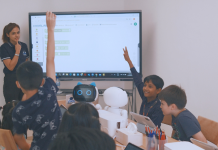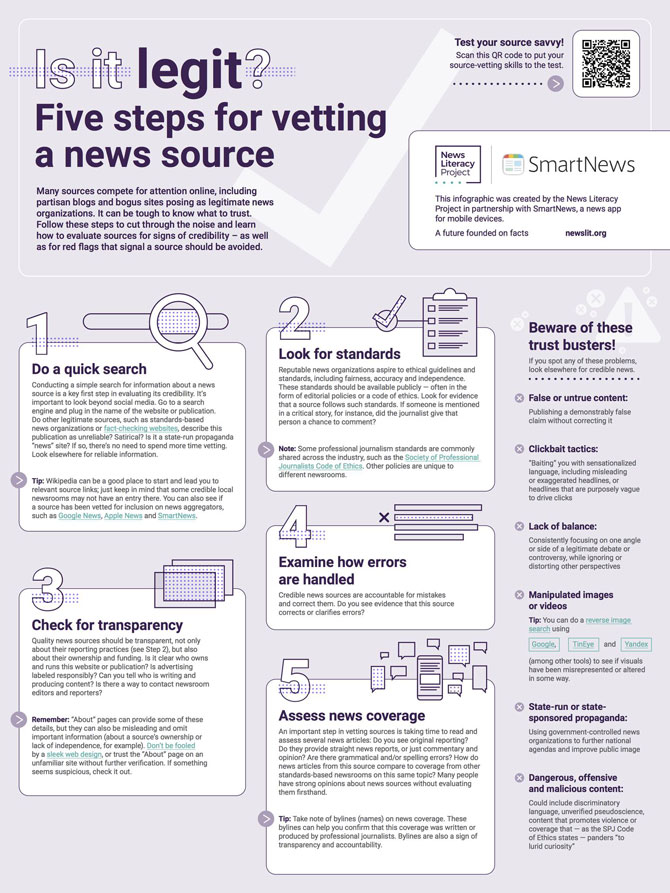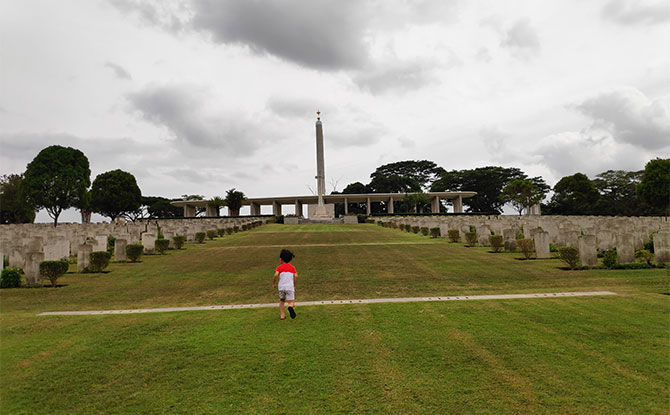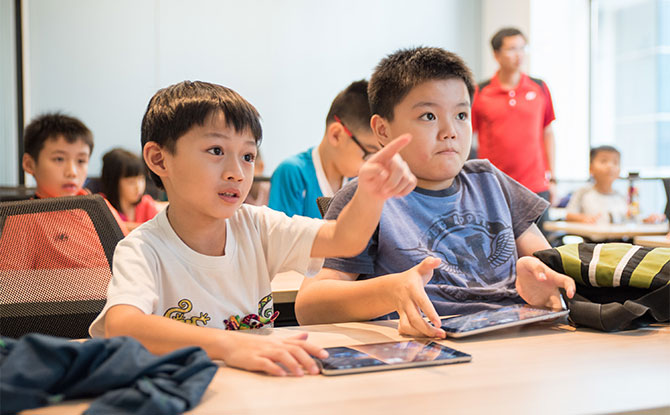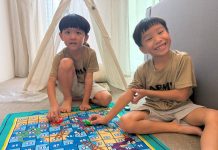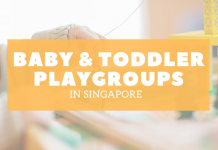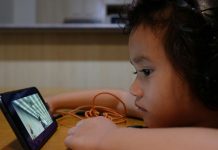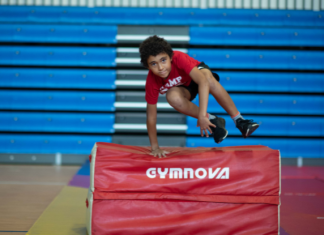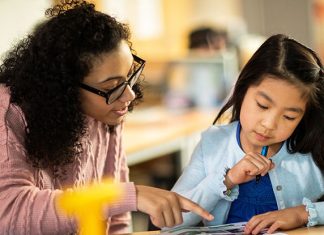
Hearts have been heavy around the world as we witness the Ukraine invasion by Russia. Since 24 February, the sombre news is all about the Ukraine-Russia conflict. How do we speak about this with our children? How can we keep them aware of current affairs and manage their responses?
To quote Fred Rogers, “Anything that’s human is mentionable, and anything that is mentionable can be more manageable. When we can talk about our feelings, they become less overwhelming, less upsetting and less scary.”
Rather than avoiding the elephant in the room, let’s talk about conflicts and wars with our children in a sensitive manner. Here are some tips and also examples of how some parents have chosen to approach the subject.
Talking about Conflicts & Wars with Our Children
DINO-TASTIC EXHIBITION: Meet a 40m Long Dino Face-to-Face
GIVEAWAY FOR ENEWSLETTER SUBSCRIBERS: LEGO NINJAGO SET
REGISTER EARLY AND SAVE UP TO $400: English Classes for N1 to Secondary
We can share the facts in a simple and objective manner. We don’t need bloody gory pictures or footage to communicate this, simply words, maps and books. For example, you can say “A big country called Russia sent its soldiers to their neighbour Ukraine, a much smaller country.”
Show the children where the countries are on an atlas or a globe. For older children, you can even talk about the weapons and size of the military in each country.
Tuning in to the news might be overwhelming for the children, hence watching a child-friendly video might be helpful. Destruction and violence should be censored accordingly.
For older children, we can also show them Singapore’s stand in the conflict by sharing our leaders’ views as seen in Minister Balakrishnan’s speech here.
Tip 2: Ask for their opinions and hold space for their emotions
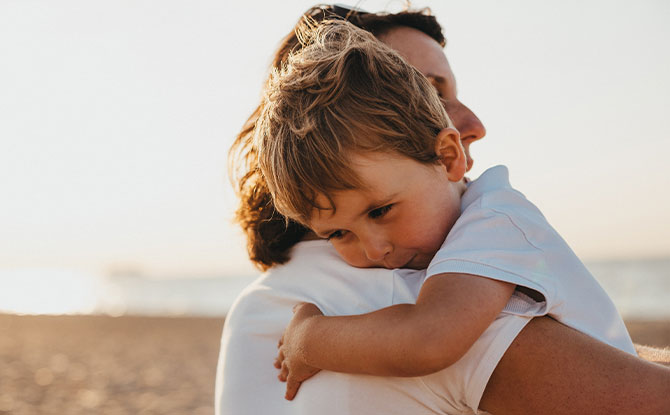
After sharing about the conflict, ask your child for his or her opinions and how they feel.
Depending on what each child is like, some may be very upset, angry or disturbed. Validate their emotions and tell them your feelings as well. Naturally, the disturbing news would make us feel very strongly, especially against the invading forces.
Since Singapore is also a small nation, we can draw analogies. If a bigger country were to attack us, we would also be worried and sad. Imagine the children in Ukraine with fathers, uncles, friends sent away to fight. Putting ourselves in their shoes helps our children to empathise and perhaps have a higher regard for peace.
Children who may be ambivalent, or perhaps find the concept of military aggression fascinating can be shown this video of Ukrainean children speaking to get a better idea of why war is never beneficial for anyone.
What can we do then? Such conflicts can provoke one to act upon it.
Tip 3: Think of Ways to Help
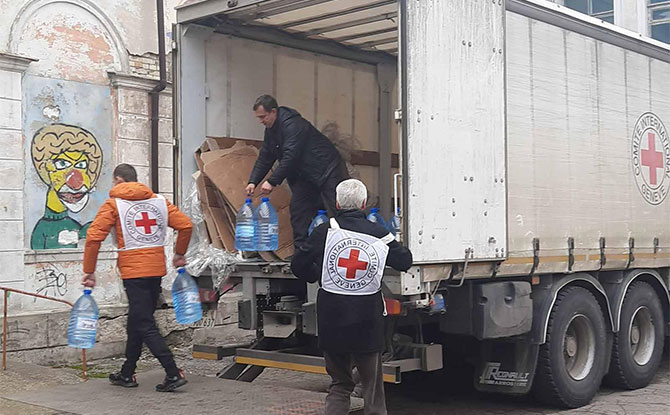
Let’s talk about actions that can help others who need humanitarian aid.
One easiest way is to donate to the Singapore Red Cross, details are here and here. There is also an urgent call to support the Ukrainean children by UNICEF here. Some organisations are also packing hygiene kits to the Ukrainean people.
Apart from refugees from Ukraine, there are also others who are victims of other conflicts. Supplies are regularly collected.
Buy masks from Advocates for Refugees here.
Religious families can also pray for the people who are suffering and the wisdom of the leaders to end the conflict.
Tip 4: Teach Media Literacy
Today’s wars are fought not just physically but via the virtual realm. Fake news is perpetuated and hence we also need to be discerning towards whatever we consume. This is more relevant for older children who may read news from the internet.
Newslitproject has a helpful guide on how to fact-check news sources.
- Do a quick search
- Look for standards
- Check for transparency
- Examine how errors are handled
- Assess news coverage
Help your children be informed consumers of coverage about conflicts. Some of the news can be actually state-run propaganda. Using this learning opportunity, critical thinking skills can be honed.
Tip 5: Emphasise & Teach the value of peace
Eighty years have passed since the fall of Singapore. The war was familiar to the older generation, however, this reality might be foreign to generations who have not experienced conflicts and wars. Seize the opportunity to emphasise how peace should be cherished.
A group of parents have come together on Instagram to encourage peace education at home. Follow the hashtag #peaceeducationstartsathome to find out more.
To prevent conflicts, shouldn’t we start at home and teach our children the value of harmony? As parents and caregivers, shouldn’t we work on our differences and settle disagreements amicably? How can we reduce fights between siblings? Is retaliating ok when provoked? Should we fight? Is force the only solution to a problem? These questions yield much food for thought as we witness another crisis in Europe.
The world has seen two world wars and countless fighting, but have we truly learnt?
How other Parents are Educating Their Children about the Ukraine Crisis
There are many ways to teach your young ones about conflicts and war. Some parents have shared how they talk about the issue with their children
View this post on Instagram
From @2mama4kids , mummy Sylvia share the importance of assuring children that adults will keep them safe. She reminds us that our children will not be the only ones to grow up with distressing world events. Hence they should be appropriately and adequately informed and re-assured. Therefore conversations about war and conflict should be encouraged. See her post here.
View this post on Instagram
Jermaine from @tiffanybasket has some great tips for children. She also made the connection between Total Defence Day and the tank outside National Museum Singapore to talk about the the Ukrainean conflict. Find out more here.
More age-appropriate tips for talking about war with children can be found at @themompsychologist ‘s page here. Dr Jazmine has tips for different age groups and she advises parents to be gentle with themselves as we do not have all the answers.
Lest we forget
We might be unable to fight wars far away, but we can help educate our child and equip them with the right values so they can prevent destruction and loss of lives in future. Let’s help our children be the peacemakers and peacekeepers the world needs.




